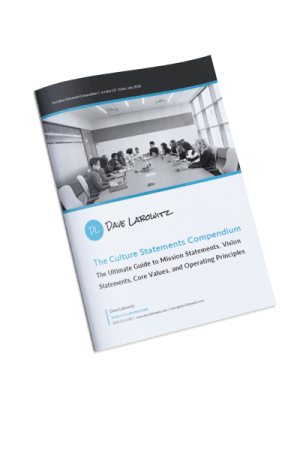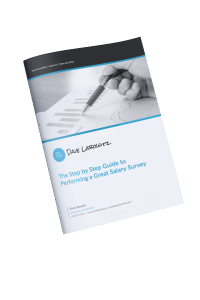This is the first part in a twelve-part series that will be published during the first and second quarter of 2020. It’s a deep look behind the scenes of the “business playbook” that makes VC backed companies successful and how to apply these lessons to your business. If you’re looking for other articles in the series, links are at the bottom of this article. Enjoy!
What if I don’t run a VC backed startup?
That’s ok! It doesn’t matter if you run a restaurant, an e-commerce store, a law firm, or something else entirely, applying some of the best practices used by VC backed startups can help you put your business on the fast track to growth.
Why should I care what VC backed startups do?
Almost all of the multi-billion dollar Facebooks and Googles of the world began as VC backed startups. If these folks are the ones getting 1,000x returns then there must be something to their approach, right? The venture capital industry has been around since just after World War II and has had plenty of time to mature. VC funds have invested in thousands of startups over the years. This has given them plenty of time to figure out how they want their startups to behave in order to maximize their success. The resulting managerial blueprint works well, for the most part.
What if I’m not trying to build a billion-dollar company? Or even a $100 million company?
Again, that’s ok! No matter what you’re building, learning some of the best practices used in VC backed startups can help you improve your leadership, accountability, financial/operational management, and sales/marketing strategy. If you find something that resonates with you, great! Apply it. If you see something you disagree with then just ignore it. As a non-VC backed startup, you’re actually in the most flexible spot: you can take what you like and leave the rest without your board twisting your arm to do it their way!
Let’s dive in.
1. VC backed startups have external accountability (so get some for yourself or at least act like you have some)
Once a startup takes on equity financing from VCs or angels, or even debt from a bank or other lender, the terms of the financing will require some form of external accountability. At a minimum, they’ll require quarterly financials. At a maximum, they’ll want monthly financials, annual (or even quarterly) audits, and who-knows-what-else. In every VC backed company I’ve been involved with, once we took on equity financing large enough that the investors had board seats we were required to have quarterly board meetings.
First, I’ll confess, at the beginning of my career, I thought it was a colossal waste of time for the entire executive team to spend one to two weeks per quarter preparing for the board meeting. Getting critical data from your team, compiling it into meaningful reports, and distilling down the pertinent information to a few bullets on a few slides is a lot of time-consuming work.
After a few years, though, I realized that all that frantic data-crunching was good for us. The regularly recurring exercise forced us to identify important data points, make sure we had the right systems set up to capture them, and create efficient reporting systems. More importantly, it ensured we had a detailed understanding of what was going on in our business. What was working? What wasn’t? Who was performing at a high level? Who needed more coaching?
Finally, external accountability forced us to a high level of detail-orientation when it came to our financial reporting. There were no personal expenses mixed in, expenses were posted to the right accounts, and variances vs. budget were promptly noted and explored. Having clean books is good for anyone, especially if you ever expect to raise any kind of financing. You’ll need clean books then, so you may as well start now, right?
Even if you don’t have a board, consider going through a similar process quarterly, even if the audience is just yourself. Get your data together, make sure your books are clean, and prepare a quick report on each of the key departments in your company. It’s time-consuming, but it just may be the most valuable time you spend. If it feels like this is pulling you away from your business itself, consider that this time is spent working on your business, not working in your business. That’s always a good idea!
The dashboard and/or presentation you come up with will allow you a very senior, 10,000 foot perspective of your business. It’s often easier to see the areas that need attention from this perspective rather than the bottom-up perspective you have when you’re in the trenches fighting fires. When you’re struggling with the day to day of growing a business it’s easy to get stuck in reactive mode for months or even years at a time. By working through this exercise quarterly, it forces you into strategy mode at least once per quarter, which is smart.
Finally, if you have some informal advisors or friends/family investors, consider inviting them for your quarterly presentation and letting them pretend to be board members. Tell them to ask clarifying questions when you’re not being clear and to challenge anything they see as obvious weak spots in what you’re doing. They’ll undoubtedly see things that you’re too close to the business to see and some extra creativity always helps, too!
Other articles in the VC backed startup series are:
This series will continue next week with Part 3.






